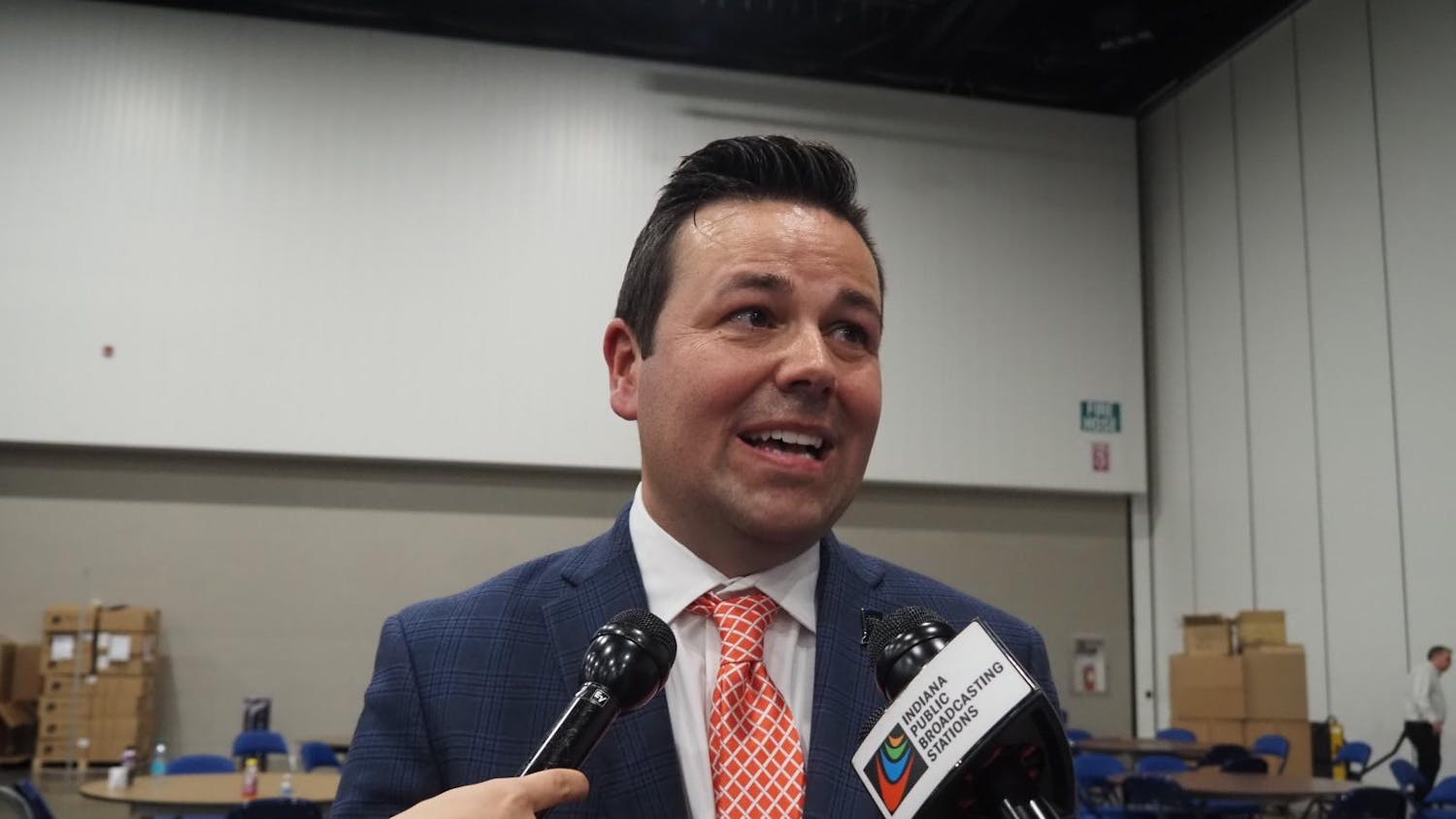While most floors in Eigenmann Hall contain dozens of napping, socializing and video-gaming students, the fourth level of the building’s west end is reserved for professionals who specialize in number crunching and research analyzing.
The Strategic National Arts Alumni Project, referred to as SNAAP by Center for Postsecondary Research employees inhabiting the fourth floor offices, uses math and logic to benefit the arts.
“We provide arts education institutions with data so they can make decisions to better serve students and alumni,” IU professor and SNAAP associate director Sally Gaskill said. “Our primary research methodology is the survey.”
Since 2007, SNAAP has gathered information from strategically crafted alumni surveys and translated responses to data. The final product helps arts educational institutions from kindergarten to master’s programs improve curricula, teaching methods and funding.
“We pinpoint skills the alumni learned in arts schools and learn the impact the arts training had on their success in different career fields,” Gaskill said.
At its October conference in Washington, the Arts Schools Network – a nonprofit professional association based in South Carolina – honored SNAAP. The program, along with Ellen B. Rudolph, Surdna Foundation program director for Thriving Cultures, received the Institutional Research Initiative Award for revolutionary arts career research.
“They give the award when they feel it’s justified, so not every year,” Gaskill said. “It was wonderful recognition.”
Graduate student Scott Jones, a SNAAP research associate, said the program offers an unprecedented inside look at how arts training aids alumni in the professional world.
“Oftentimes the work force changes, and schools need to adapt to these changes,” he said. “SNAAP provides valuable information for arts institutions to better curriculum and find out what alumni think.”
Jones said the surveys are designed to find out how professional artists are faring post-education as well as how arts training helped professionals in other fields, including medicine and law.
“For the first time, SNAAP results will allow us to see how high-quality, deep training in the arts guides professional careers of creative American citizens,” said Sarah Bainter Cunningham, arts education director at the National Endowment for the Arts, in a press release.
Jones said the SNAAP survey execution is simple. Alumni answer multiple-choice questions regarding their general work, satisfaction, experience, arts education and other facts and figures from a computer screen. The test takes about 30 minutes.
“Then the research analyst team goes to work and converts responses to meaningful reports for each institution,” Jones said.
In 2011, SNAAP directors plan to release a national report with results gathered from arts institutions across the country. This year, the program has generated data for 54 schools.
“SNAAP will continue to grow and become more self-sustaining,” Gaskill said. “We’re hoping our national data will better prepare students for the world of work.”
Snaps for SNAAP: IU Arts survey wins national award
Get stories like this in your inbox
Subscribe





